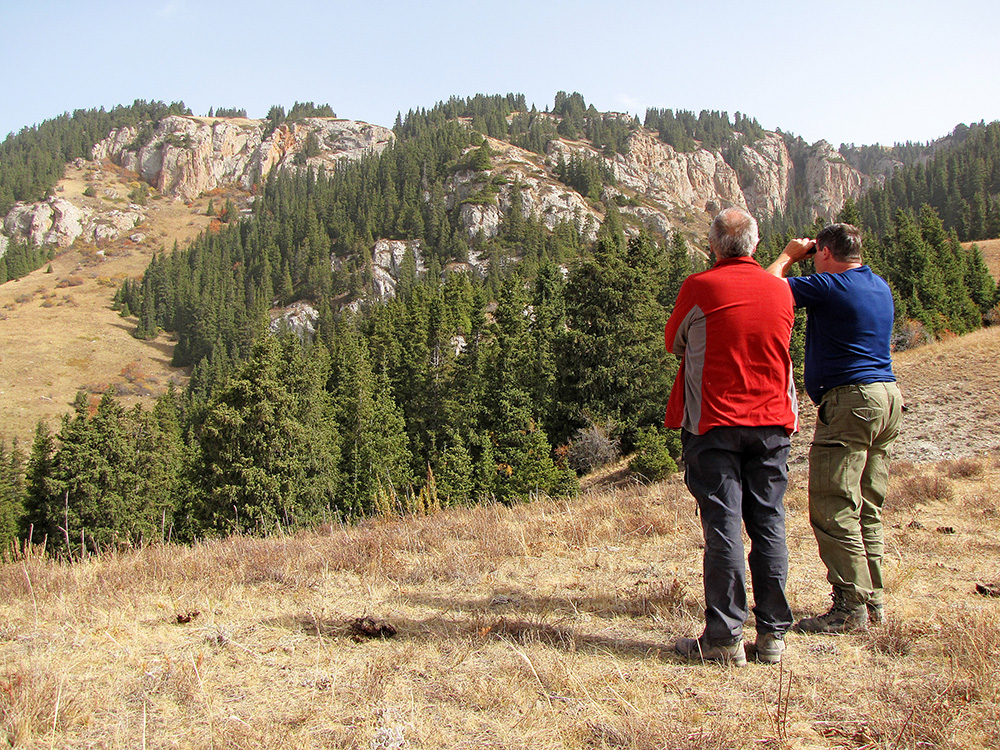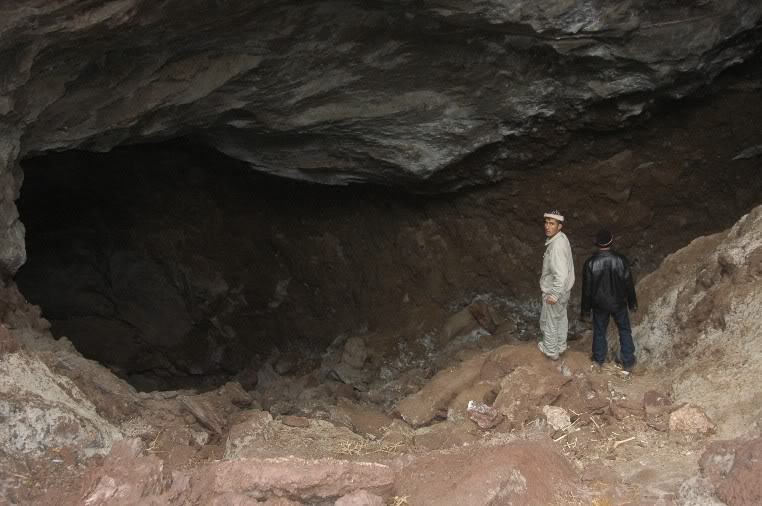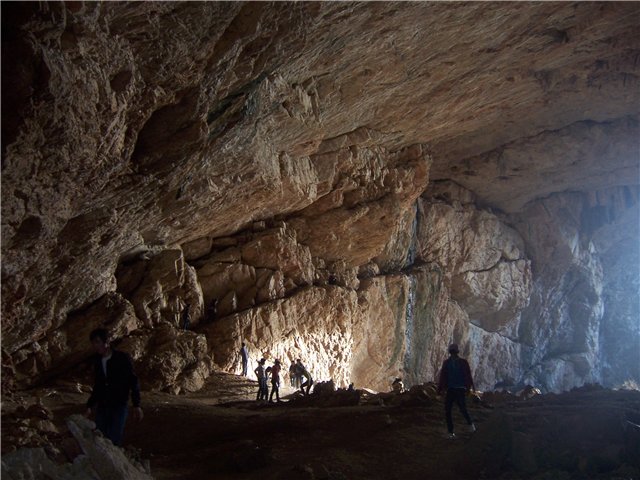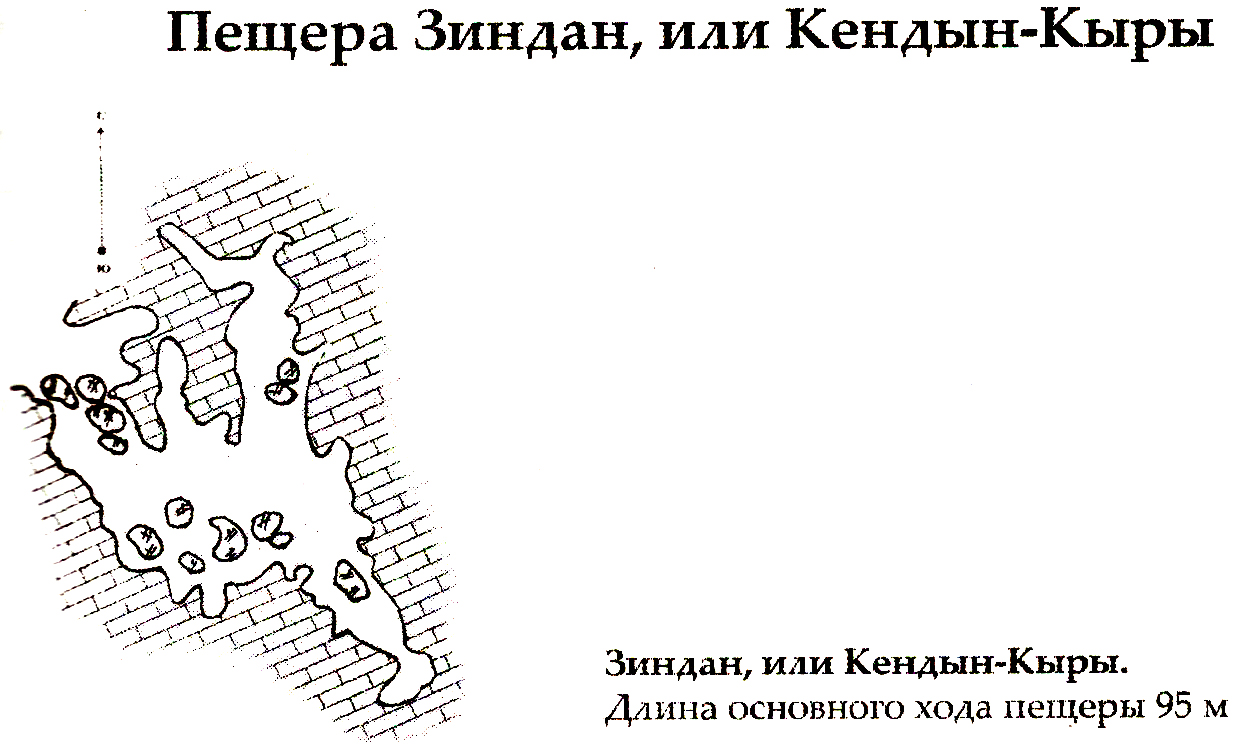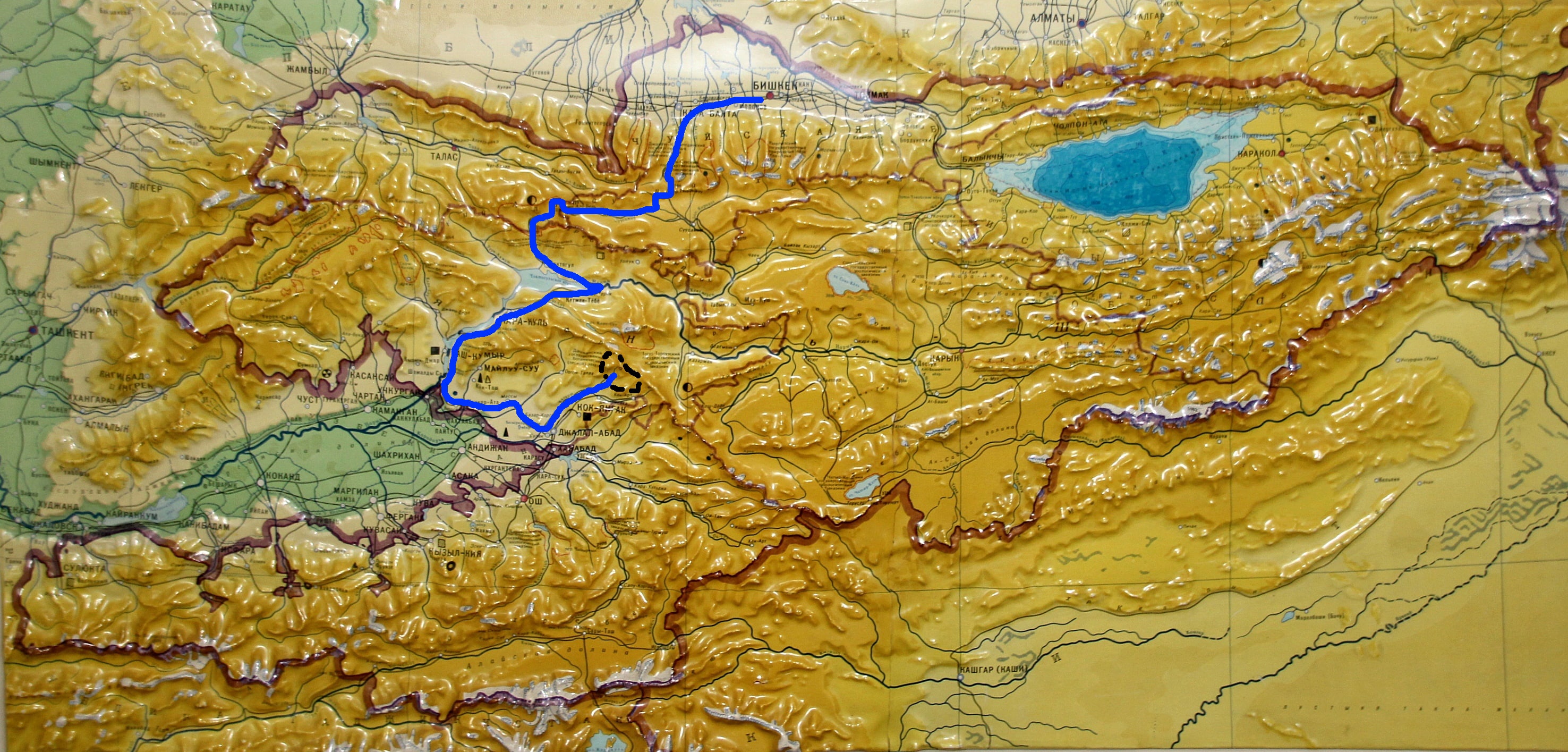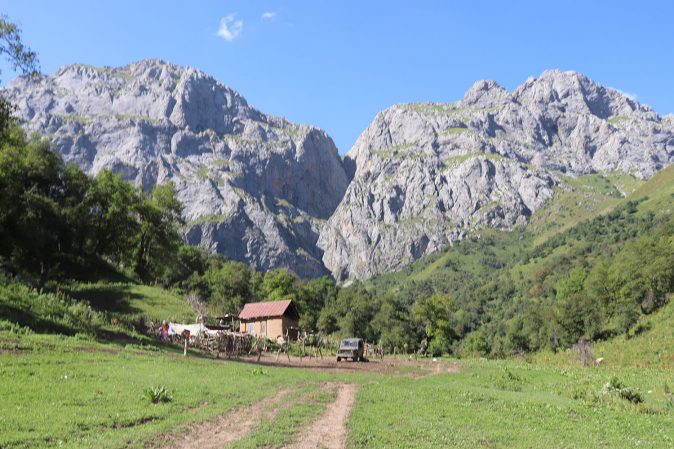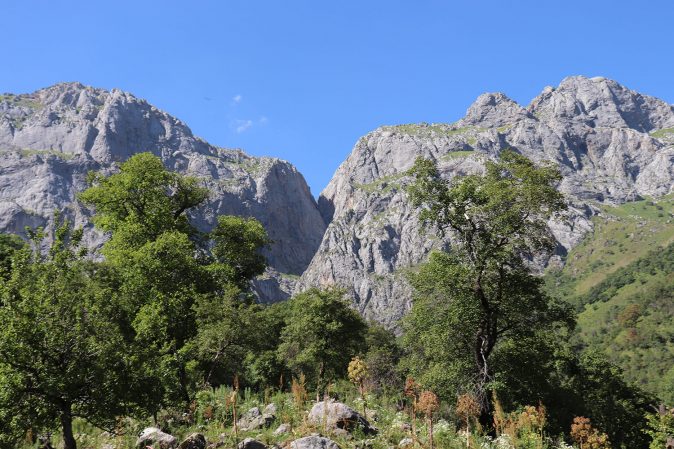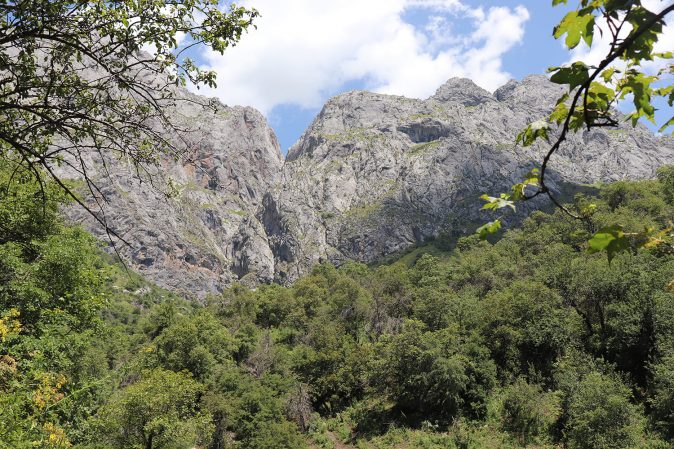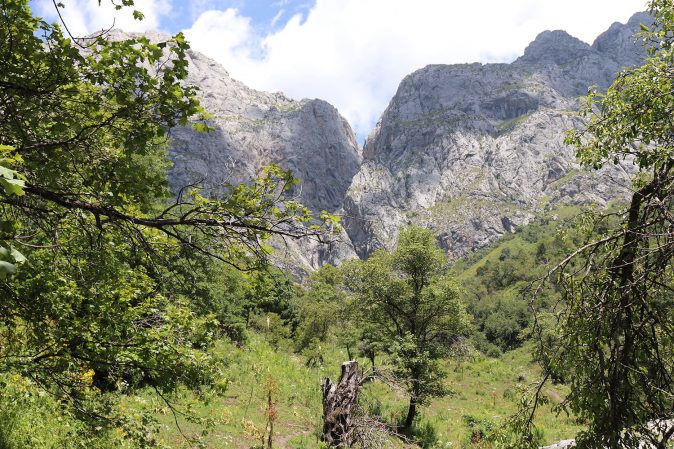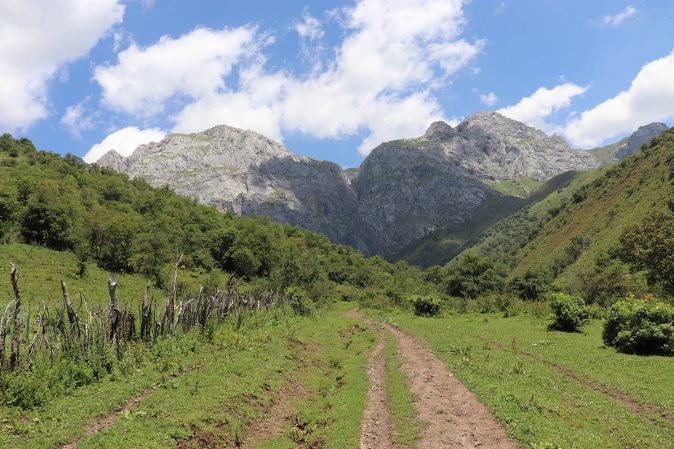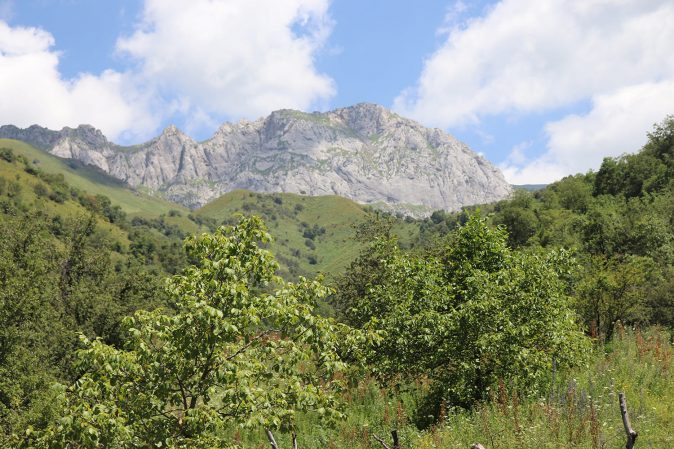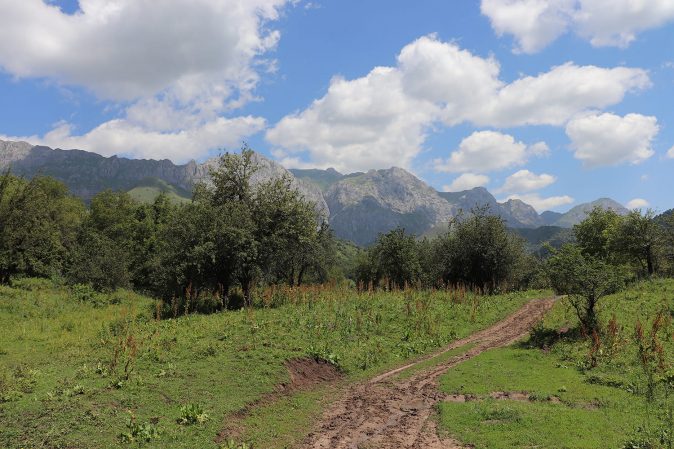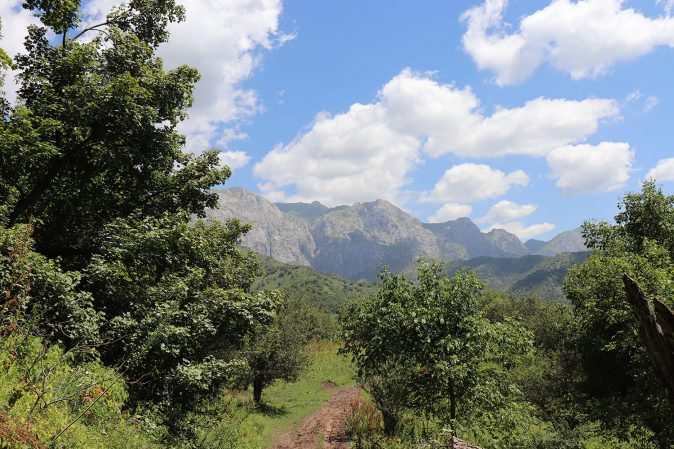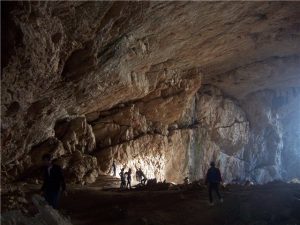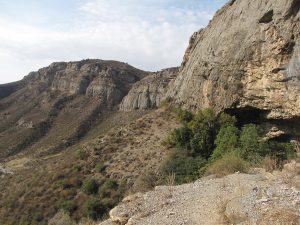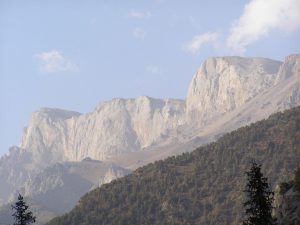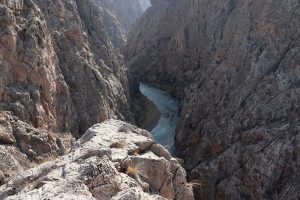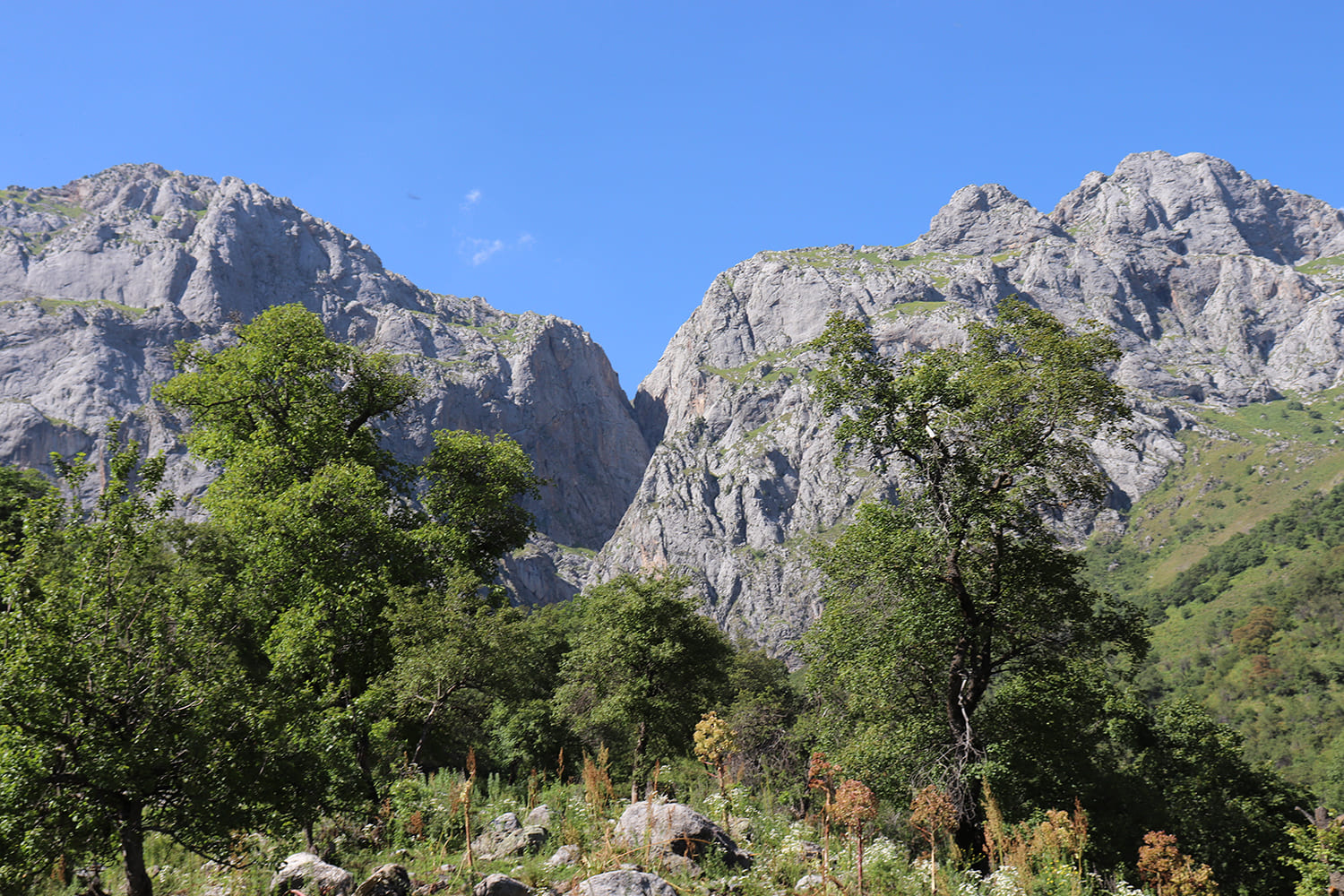
We invite you to take part in a speleological expedition to the karst regions of the Fergana ridge.
The preliminary dates of the expedition are August 24 – September 06, 2021.
If you have a speleoclub, speleo federation or a separate team, you can choose the dates convenient for you.
Locals tell scary stories about mysterious animals that hunt sheep and horses. Shepherds and hunters tell fantastic stories about large animals that haunt local nomads. A story about mysterious animals was told to me by one of the indigenous people who collects and sells walnuts. He told me an interesting story about a treasure that is allegedly hidden in one of the caves in the valley of the Kuraves River on the Fergana ridge.
He said that a few years ago, he and a friend climbed a steep mountainside, where they saw the entrance to a cave.
To get to the entrance to the cave, it is necessary to overcome the dense vegetation that covers the southwestern slope of the Fergana ridge. Many animal bones were scattered around the entrance. By all indications, there were no creatures near the cave at that time. Despite this, the researchers were gripped by fear. But, one of them turned on the lantern and entered the cave. After 30 minutes, he came back and immediately began to leave this place. My interlocutor continued his story with the land of history. He said that the next day, a friend of his who visited the cave, unexpectedly presented him with his gun and an expensive jacket. He forgiven not showing or telling anyone about the cave.
A month later, his good friend disappeared. The narrator was sure that his friend saw a treasure or hidden gold in the cave.
In this regard, we decided to check this story and organize an expedition in 2021 to a mysterious cave. In 2019, we made a reconnaissance trip to find out the details for future logistics.
Locals told us about the caves, which are very interesting. In one of the scientific articles (1975), we found a description of previous explorers who mention 2 caves. Therefore, we decided to explore this karst area in 2021.
One of the local Kyrgyz said that the entrance to the cave is located at an altitude of more than 2000 m. The Kyrgyz call the cave Kyndyn-Kyry or Zindan, which in the local language means prison. The path to the entrance is very difficult, so it is better to use horses.
Inside the cave, in the large hall, you can see ice stalagmites and huge thin crystals even in summer. There is a glacier on the left side of the cave. Local old people, heard from their ancestors that in the IX-X centuries. ore was mined in the cave.
In 1971, a scientist historian and archaeologist, Dr. Leonid Ogudin partially explored the cave. As a result, he claimed to have found a new biological species of insect with many legs in the cave. These insects lived on ice. Biologists have established that this is a new species of insect and named it “kivsyak Ogudin”. But we do not know whether this was confirmed by the scientific community. If future expeditions of speleo-biologists find this species of insect in the cave again, then the cave should be taken under state protection. In 1971, the length of the cave, as described by Ogudin, was 220 m, the depth was 30 m. But the scientist describes that the cave has a continuation.
Next to the Kyndyn-Kyry cave, there is another cave – Tash-Unkur. In it, Valentin Ogudin discovered a large natural Kostya repository of cave bears. V. Ogudin took bones from the cave and made research on the age of the bones. After hydrocarbon analysis, the age of bear bones was about 7-8 thousand years. This is a special subspecies of the brown bear, very large (now there are no such species in the Tien Shan). The bear was named Ursus Arctos Ogudinus, that is, “brown bear Ogudin”. Since then, the cave has not been explored by speleologists or other scientists. We also don’t know the coordinates of the cave entrance. A bear skull and part of the spine were found in the cave. The size of the Tash-Unkur cave is about 200 m. But, as Ogudin writes, both caves have a continuation.
The height of the cave entrances above the base of erosion is more than 2000 m (Fergana Valley). Thus, we have to climb to an altitude of over 2000 m, from the road.
During the expedition, we want to carry out new excavations of mysterious bones. For this, we invite all interested paleo-zoologists.
We are planning to explore the two above described karst regions. In the area where the caves or their signs will be found, we will concentrate our main attention.
We invite cavers and speleo-biologists to participate in an international expedition. We will arrange logistics, provide equipment for field base camps and prepare all necessary official permits for research.
The purpose of the expedition:
- – Exploration of the Kyndyn-Kyry cave
- – Exploration of the Tash-Unkur cave
- – Biological research,
- – Search and exploration of new caves in the karst area
The most favorable time for the expedition is July-August. Speleo clubs, federations, associations and other speleo communities can choose any time to come to Kyrgyzstan. The most favorable period for the expedition. Those wishing to take part in the expedition, write to us info@speleo.kg
